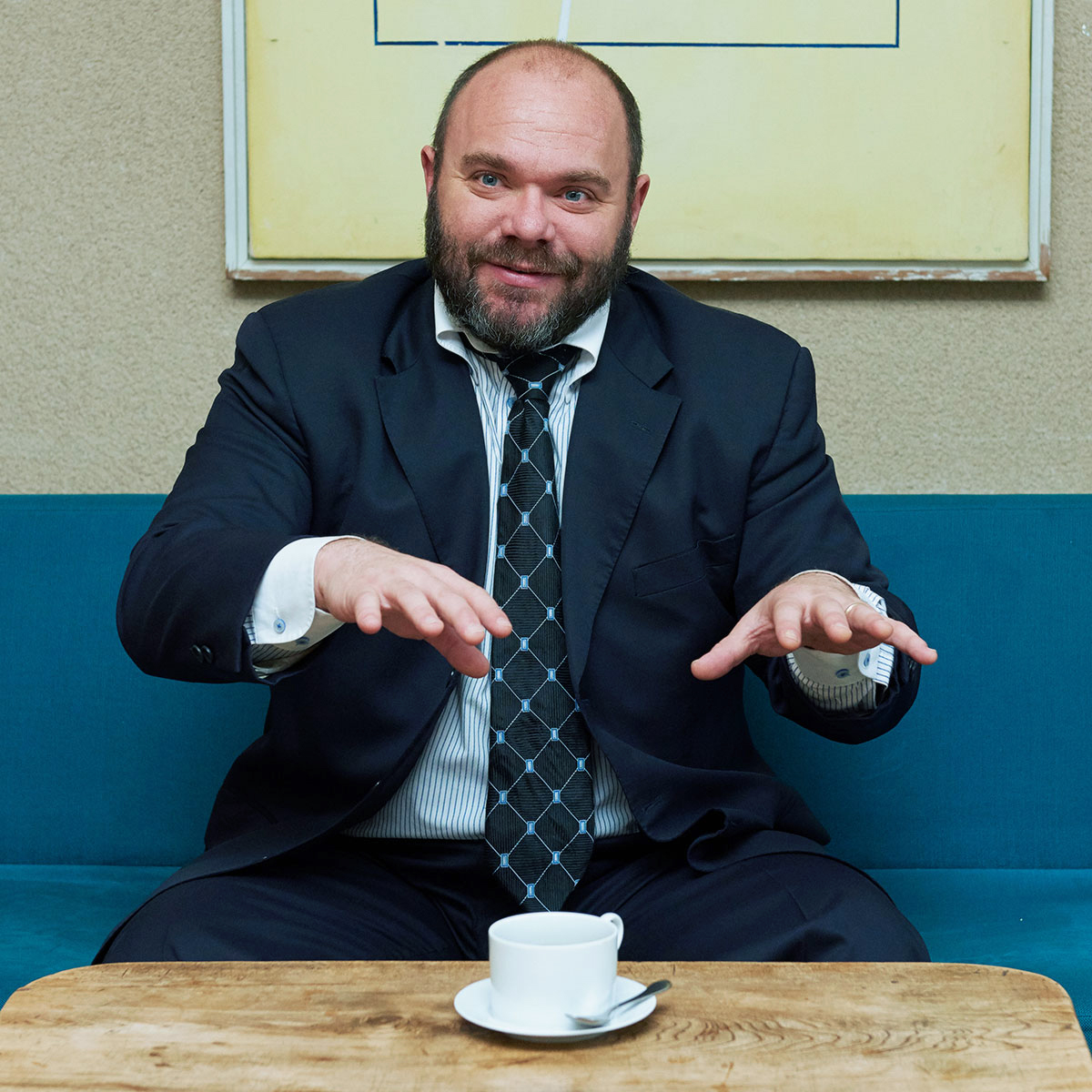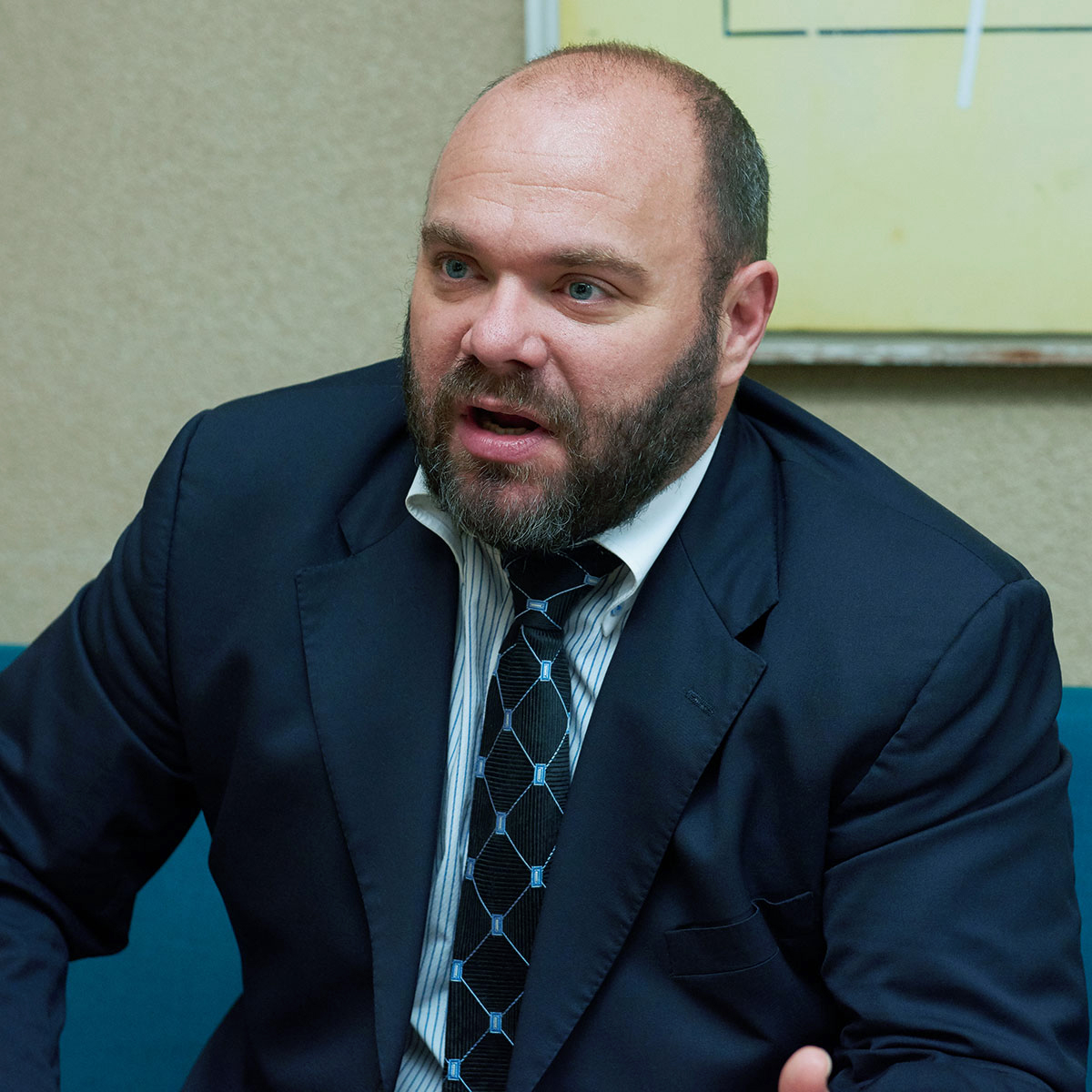
What’s important is communicating with the client
Do you face any difficulties when translating promotional materials?
As an example, using uninspired English expressions in a translation for a job posting will be completely ineffective if the client wants to hire a creator—truly creative people won’t even look at the post. In the advertising world, there are certainly times where you really do have to rack your brain coming up with slightly more persuasive and exaggerated expressions. Saying that, if you don’t take your time to create a good quality translation and remove any parts that feel unnatural, then you’re not fulfilling your responsibility as a translator. Simply translating a text word-for-word and quickly sending it back to the client is just like a brick layer skimping on cement, using only about half the necessary amount when laying bricks.
From listening to you, it sounds like you have a tendency towards perfectionism.
That’s probably true…! I guess I am quite a perfectionist. However, you do need to know where to draw the line. It’s a good idea to communicate as much as possible with the translation agency you are working with. Not just for the sake of increasing communication, but to find out key information like who’s going to be reading your translation, what style the client is looking for, and whether they want you to include some more literary elements, or would prefer you to use slang to maintain a more casual tone. Knowing this kind of information helps make translating a lot easier. There are times I have to spend a great deal of time pondering over these matters before starting a translation.
